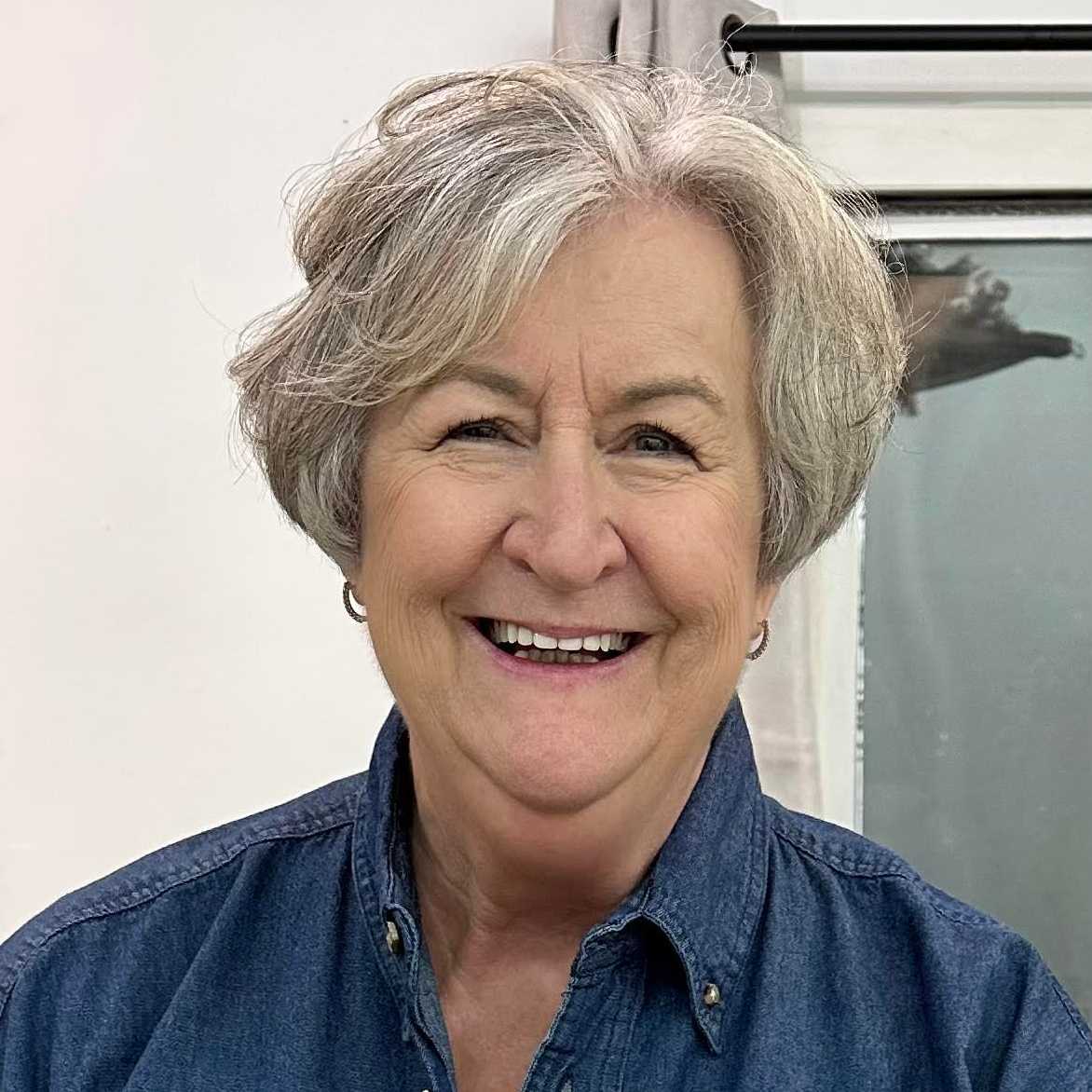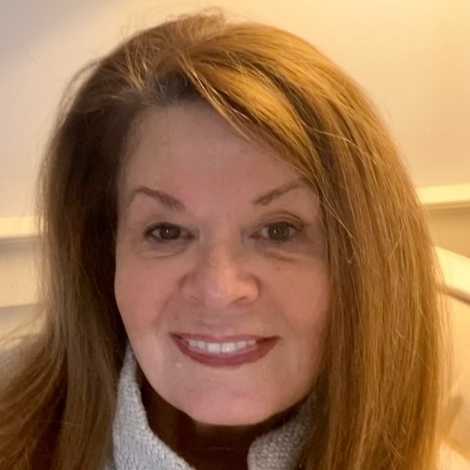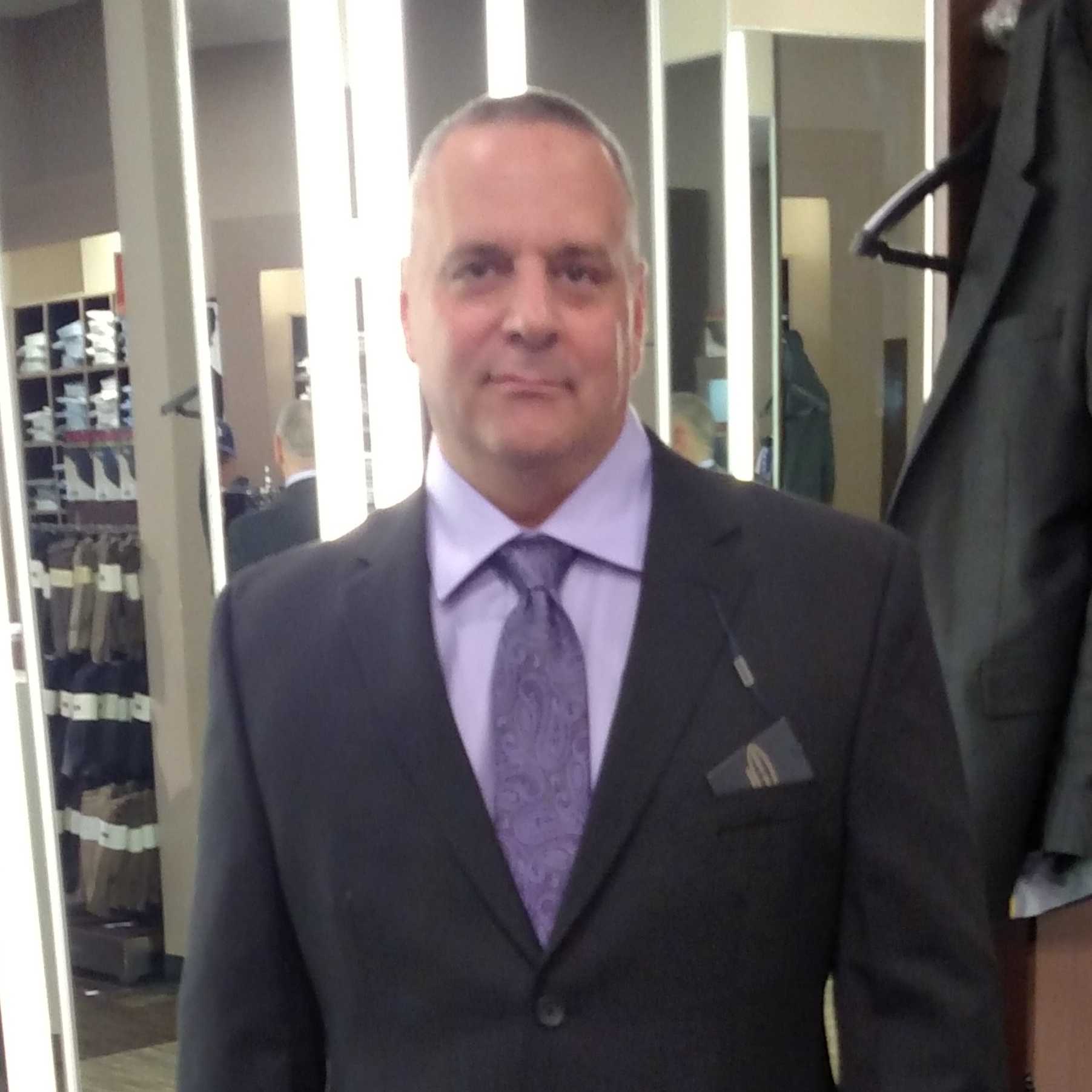
- board of directors -

eileen smith
board member
Eileen has been active in the community since moving here in 2018. Besides her duties at the MEC, she also served as the president of Grey Towers Heritage Association for 4 years. Eileen believes these two organizations are the backbone to preserving Milford’s past and preparing for its future.

yana thatcher
President-Secretary
Yana Montau-Thatcher has been a resident of Milford Borough since 2009 and has loved Milford for much longer. After retiring from a successful career in the insurance industry in 2019, she and her husband Dale decided to focus their energies on helping their community thrive.

Maureen Dooley
treasurer
Maureen is a fairly new resident in Milford Borough, but already firmly established here with a strong affection for the Borough and its residents. You’ll often see her walking with her husband enjoying the proximity of the Borough to DWGNRA and Gray Towers, or volunteering at events in town and at St Patrick’s church.

Adriane Wendell
board member
Adriane Wendell has been part of the MEC since moving to Milford in 2008 after retirement from 29 years in the telecommunications industry. She successfully ran the Harrington House B&B in Milford for 12 years and also served on numerous boards including the Chamber of Commerce, Black Bear Film Festival, Historic Trust of Pike County, Milford Borough Council and Milford Presents.

Barbara Tarquinio
board member
Barbara moved to Milford in 1981 and spent the next 28 years raising 3 daughters while holding management positions in Fortune 100 companies. In 2009 Barbara retired and continued volunteering in various local civic and non-profit organizations including United Way and March for Babies. She currently is Chair of the Milford Borough Planning Commission, a member of the Milford Borough Parks and Recreation Committee and on the Milford Borough Grants Committee.

Tony Gurrera
board member
Anthony (Tony) Gurrera has been active over the past several years in volunteering to assist with MEC events, to include helping to organize and prepare for the Welcome Party each year. In 2024, Anthony became a member of the board and continues his efforts to assist in projects to enhance the Borough of Milford. For 35 years, Anthony has run his own business and works to incorporate unique qualities and skills to produce outstanding results. His background is in electric, and he has many handyman skills. Tony works to accomplish all types of projects in a timely and cost-effective way.
Tony also served 4 years in the USMC, worked 10 years as a sales manager and 30 years with the Federal Bureau of Prisons. His hobbies include hiking, weightlifting, camping, and spending time with my family and friends.

our Mission
The mission of the Milford Enhancement Committee is to preserve and enhance Milford's invaluable heritage and special character for the benefit of residents, businesses, and visitors by investing in streetscapes in the Borough’s commercial district and public spaces, improving the connection between Milford Borough and its natural environment, and facilitating greater volunteerism and civic engagement.

our vision
The Milford Enhancement Committee seeks to create a more attractive and pedestrian-friendly community through improving sidewalks, crosswalks, curbs, pedestrian lighting and landscaping, particularly in the Borough’s commercial district and near and in its parks.
The Milford Enhancement Committee also works to strengthen the connection between Milford Borough and its natural environment, by creating pedestrian walkways, hiking and biking trails to the Delaware River, the Glen, Sawkill Creek, The Knob and the Delaware Water Gap National Recreation Area.
We will pursue these efforts through the cultivation of partnerships with local governmental and non-profit organizations and the promotion of meaningful community engagement and participation.
our history
Founded in 1999 by Richard L. Snyder as the Milford Square Enhancement Committee, with an initial focus on the intersection of Harford and Broad Streets that over the years has expanded to include all of Milford’s commercial districts and public spaces.
Since its founding, the MEC has completed many projects in the borough, totaling more than $7 million in improvements through the end of 2020. No county or borough tax dollars have been spent on the MEC’s work; all of the funding has been raised privately or from government grants.
The MEC originally operated under the auspices of the Milford Community House and subsequently the Historic Preservation Trust of Pike County served as the MEC’s fiscal sponsor until 2021. In 2021, the MEC incorporated independently and received 501-c-3 non-profit status.
fundraising
While most of the funding for the MEC’s work has come from state and federal grants, the funds raised privately are particularly important because the state and federal grants do not cover initial design, estimating and grant writing expenses.
These expenses are paid for by private donations, which have principally come from the MEC’s annual Welcome Party event, an annual end-of-the-year solicitation and sponsorship of pedestrian lights and benches.
A volunteer committee each year oversees the planning, theme, decor and execution of the event. Over the years, the MEC has installed almost 200 historic-style pedestrian lights and 40 benches. Many of those have been sponsored and display plaques honoring or memorializing persons chosen by the sponsor.
case statement
Our communities help define who we are. Communities nurture us as individuals, families, friends, and citizens. Communities reflect what we value. Preserving a community means protecting what we value.
In today's highly mobile and changing society, every day we risk further breakdown of our communities and the important grounding they provide in our lives. The town of Milford, Pennsylvania, is a very special and still intact county seat community, endowed with a rich heritage. Elements of this heritage include:
History
Milford is the home of the father of the American conservation movement, Gifford Pinchot, and includes historic properties such as Grey Towers, the Pinchot family’s ancestral home, the Milford Community House, once also a Pinchot family home, Forest Hall, the first home of the Yale School of Forestry and historic inns and other sites.
Architecture
Milford retains its village character and Victorian charm and includes many fine examples of historic homes and turn-of-the-century buildings, including work by some of the best-known American architects
Physical Environment
Milford has a rich physical environment which includes the Delaware River, Sawkill Creek, and National Park and Forest Service lands with dramatic bluffs, waterfalls, and hiking trails. Few towns enjoy such an extraordinary historic legacy as well as beautiful natural and built environments. To maintain Milford's special character and sense of community requires vigilance and planning to continue to improve our buildings, streets, sidewalks, and other public spaces.